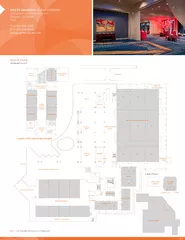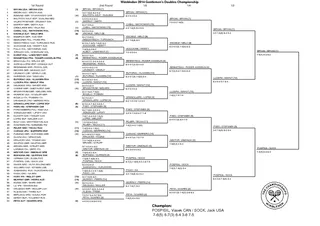PPT-Grand round 99/3/26 problem LIST
Author : melanie | Published Date : 2022-06-15
32yo woman with Hx of prolactinoma Amenorrehea Recurrent hypoglycemic attacks Hypercalcemia and elevated PTH and low BMD Fatigue and weakness Adrenal mass Empty
Presentation Embed Code
Download Presentation
Download Presentation The PPT/PDF document "Grand round 99/3/26 problem LIST" is the property of its rightful owner. Permission is granted to download and print the materials on this website for personal, non-commercial use only, and to display it on your personal computer provided you do not modify the materials and that you retain all copyright notices contained in the materials. By downloading content from our website, you accept the terms of this agreement.
Grand round 99/3/26 problem LIST: Transcript
Download Rules Of Document
"Grand round 99/3/26 problem LIST"The content belongs to its owner. You may download and print it for personal use, without modification, and keep all copyright notices. By downloading, you agree to these terms.
Related Documents














